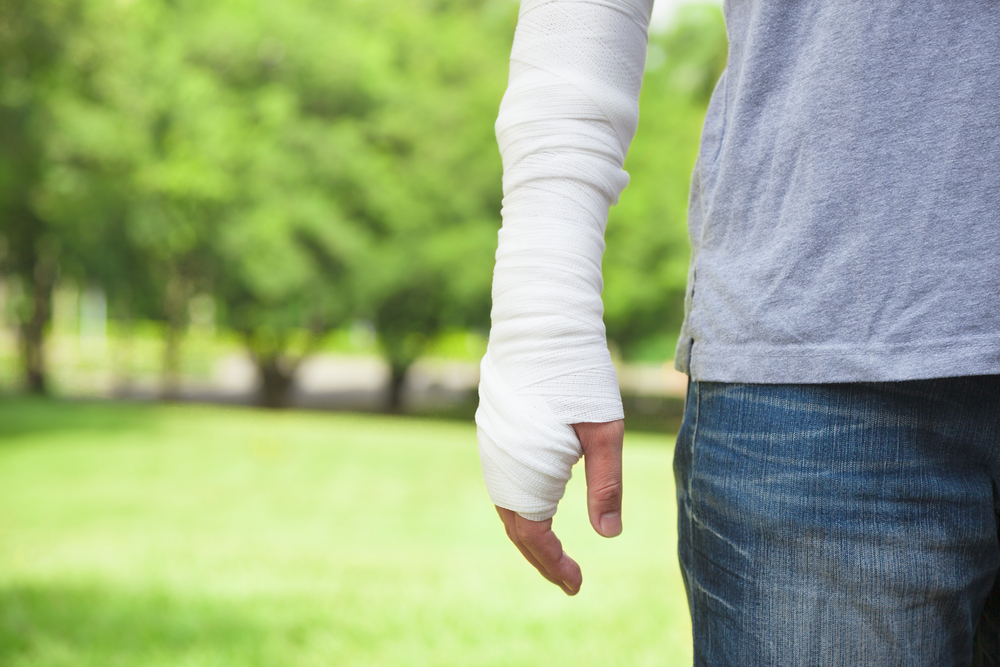




Can You Fully Recover From Third Degree Burns
Third-degree burns may often result in significant physical, emotional, and psychological effects with a difficult recovery ahead. Often a life-altering event, this includes the trauma of disfigurement. While there is ongoing research in the UK to find solutions to the lasting impact of severe burn injuries, it is likely you want to find out if you can fully recover from third degree burns.
However, achieving full recovery from third-degree burns is challenging and depends on various factors, including the burn’s size, location, and your overall health. If you have suffered from third degree burns, you may have a claim for compensation to navigate the road forward. While some functions and appearances can be restored, third-degree burns often lead to permanent changes. The damaged skin loses its ability to regenerate on its own, necessitating medical interventions such as skin grafting.
Third degree burns may have arisen due to an accident or negligence. If you believe you may have a claim for compensation, then Jefferies Claims may be able to assist.
Long Term Effects of Third Degree Burns
Despite comprehensive treatment, any patient with third-degree burns may experience lasting effects, including scarring, reduced sensation due to nerve damage, and potential limitations in mobility. This especially applies if joints are affected. The extent of these long-term effects varies based on the burn’s severity and the effectiveness of rehabilitation efforts.
Third-degree burns, also known as full-thickness burns, penetrate all layers of the skin, potentially affecting underlying tissues. These burns often result in a charred or leathery appearance and can be white, black, or deep red in colour. As a result, due to the destruction of nerve endings, the affected area may be numb to light touch.
Severe burn injuries can result from various incidents, including workplace accidents, road traffic collisions, or exposure to hazardous substances. The consequences often include permanent scarring, nerve damage, and loss of mobility which requires extensive medical treatment and rehabilitation.
Recovery And Rehabilitation
The primary treatment for third-degree burns involves early cleaning and debridement to remove dead tissue, reducing the risk of infection. Skin grafting is typically required to cover the damaged area, promoting healing and improving functionality. Physical and occupational therapy play crucial roles in rehabilitation, helping patients regain mobility and adapt to changes resulting from the injury
While significant recovery from third-degree burns is possible with appropriate medical care and rehabilitation, achieving complete restoration to pre-injury condition is rare. Ongoing medical advancements continue to improve outcomes for burn survivors, offering hope for enhanced recovery in the future.
In all instances, you should always consult with a medical professional around recovery.
In England and Wales, if these injuries result from another party’s negligence, you may be entitled to pursue a personal injury claim to seek compensation for your suffering and financial losses.
The amount of compensation you may be entitled to claim for your injuries will depend on your specific circumstances. How much compensation is decided based upon several factors including the pain, suffering and loss you may have experienced.
How To Claim for Third Degree Burns
Jefferies Claims is here to help you with a claim for compensation and we work with solicitors who operate on a ‘No Fee, No Win’ basis so you can focus on recovery. To learn more and to discuss your potential claim in confidence, contact our team on 0333 358 3034. Alternatively, complete our online contact form to arrange an initial no-obligation telephone consultation with a member of our expert team.
